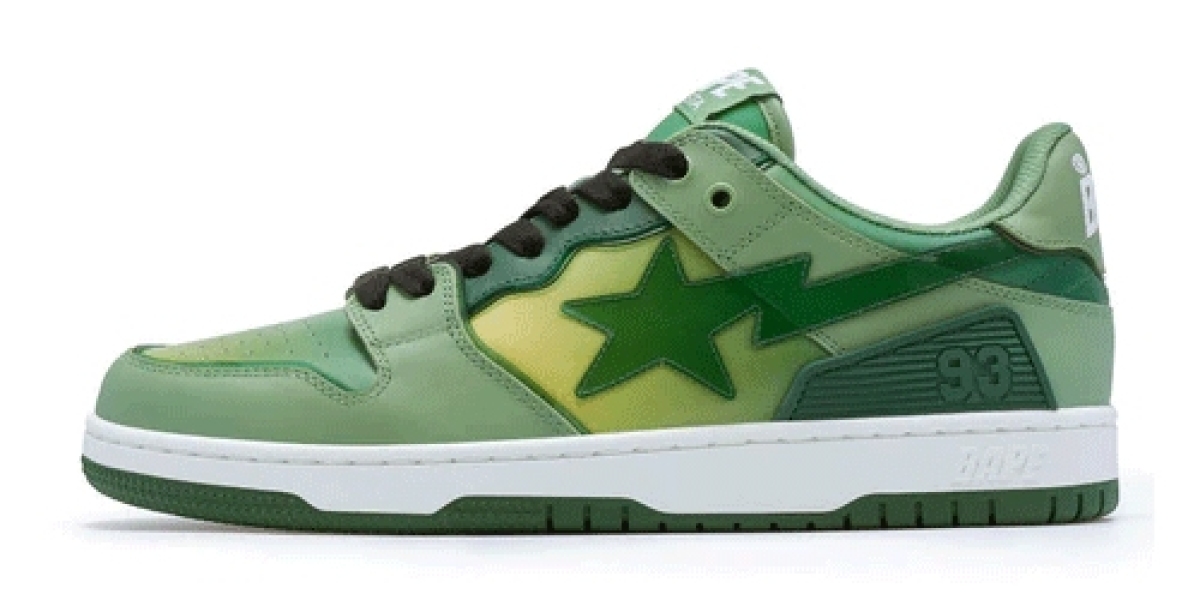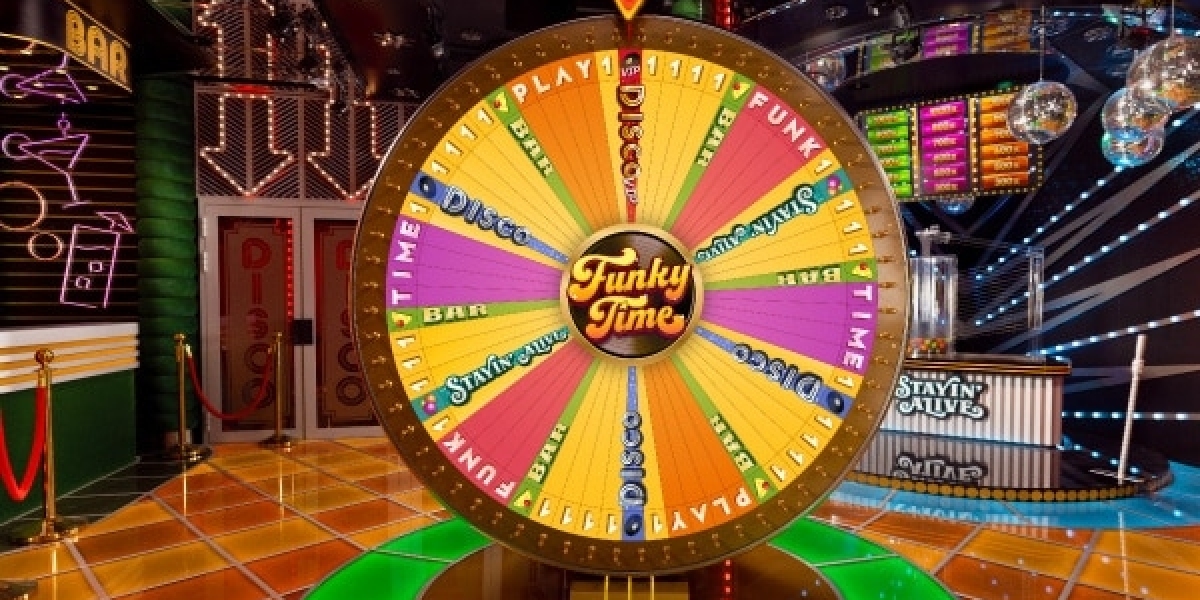In the ever-evolving world of streetwear and sneaker culture, few silhouettes have captured attention quite like the Bapesta. With its glossy patent leather finishes, vibrant colorways, and unmistakable star logo, the Bapesta is more than just a shoe — it's a symbol of influence, rebellion, and style. Born from the visionary mind of Nigo and the iconic Japanese brand A Bathing Ape (BAPE), the Bapesta blends hip-hop aesthetics with Japanese craftsmanship, carving its own lane in sneaker history.
The Origins of Bapesta: A Japanese Response to Global Sneaker Culture
When Nigo, the founder of BAPE, introduced the Bapesta in 2000, he wasn’t just designing a sneaker — he was launching a cultural movement. At a time when Nike Air Force 1 dominated the sneaker scene in the West, Bapesta entered the market with a design that echoed the AF1’s structure but infused with a bold, cartoonish flair unique to Japanese streetwear. The use of high-gloss patent leather, outrageous color combos, and the star-shaped "STA" logo replaced the Nike Swoosh, making Bapesta instantly recognizable.
This wasn’t a copy — it was a reinterpretation. In a fashion world that often revolved around Western standards, Bapesta was a declaration of creativity, independence, and Japanese innovation.
Bapesta and Hip-Hop: A Relationship That Defined an Era
By the early 2000s, the Bapesta began popping up on the feet of some of hip-hop’s most influential names. Pharrell Williams, Kanye West, Lil Wayne, and The Clipse weren’t just wearing the shoes — they were collaborating with the brand, pushing the aesthetic to global audiences.
Pharrell's relationship with Nigo led to the creation of Billionaire Boys Club, a label that frequently collaborated with BAPE. Kanye West famously wore custom Bapestas featuring his "Dropout Bear" mascot — a precursor to the design ethos he would later bring to Yeezy. In music videos and on red carpets, Bapesta sneakers became an extension of personal style, marking a shift in how sneakers were perceived in fashion.
Bapesta Design DNA: Loud, Bold, and Unapologetic
At a glance, the Bapesta is unmistakable. The exaggerated patent leather finish, often in mismatched colors, made the sneakers feel more like collectible art than athletic gear. Unlike the minimalist designs popular in the early 2010s, Bapesta leaned into maximalism — reflective of the Harajuku fashion scene where BAPE was born.
One of the reasons sneakerheads love Bapestas is their unpredictability. Limited-edition drops often feature collaborations with pop culture icons like Marvel, SpongeBob SquarePants, and Hello Kitty, as well as high-fashion crossovers and capsule collections. The brand isn’t afraid to push boundaries — whether that’s using crocodile-embossed materials, full camo patterns, or anime-inspired graphics.
The Bapesta Comeback: Staying Relevant in a Crowded Sneaker Landscape
After a period of quieter releases during the 2010s, BAPE began reintroducing Bapesta sneakers in fresh colorways and high-profile collaborations around 2020. This renaissance wasn’t accidental — it was a strategic move to tap into the nostalgia of early 2000s fashion while reaching a new generation of streetwear fans raised on Instagram, TikTok, and archive pages.
The re-emergence coincided with the return of Y2K fashion, where everything shiny, oversized, and logo-heavy was once again en vogue. For Gen Z consumers discovering retro aesthetics, the Bapesta felt both vintage and futuristic. Meanwhile, older sneaker enthusiasts found themselves drawn to the designs they once coveted during the golden age of hip-hop.
Bapesta vs. Air Force 1: The Debate That Won’t Die
The comparisons between the Bapesta and Nike’s Air Force 1 are impossible to ignore. Legally, the similarities were close enough to draw scrutiny. But culturally, each shoe serves a different purpose.
While the AF1 was created as a performance basketball shoe turned street staple, the Bapesta was built from the ground up as a lifestyle sneaker. It wasn’t trying to win sports fans — it was targeting artists, rebels, and fashion-forward thinkers.
The shift from performance to expression is part of what makes the Bapesta so fascinating. In many ways, it represents a rebellion against sneaker conventions — a fact that still divides collectors and fuels discussion to this day.
How to Style Bapestas in Today’s Fashion Climate
If you're thinking about adding a pair of Bapestas to your rotation, versatility is key. The loud colorways and bold finishes work best when they're the focal point of the outfit. Pairing Bapestas with neutral cargo pants, baggy denim, or wide-leg trousers helps balance their visual weight. On top, oversized hoodies, graphic tees, or varsity jackets match the sneaker’s streetwear heritage.
For a high-fashion twist, some enthusiasts are even styling Bapestas with tailored pieces, blending street with luxury — a trend reminiscent of BAPE’s own fusion of playful and premium.
Are Bapestas Still Worth Buying in 2025?
In a sneaker market flooded with collabs, restocks, and hype drops, it’s easy to overlook classics. But the Bapesta has managed to remain relevant by sticking to its core DNA: boldness, individuality, and a refusal to play by traditional fashion rules.
Whether you're a longtime collector or a new enthusiast looking for something that stands out from the Yeezys and Dunks dominating the scene, the Bapesta offers an alternative that feels both nostalgic and fresh.
Quality-wise, modern Bapestas have improved significantly over earlier iterations, offering better cushioning, materials, and fit. While resale prices can spike for limited editions, many general releases are available at retail or slightly above, making them accessible for sneakerheads ready to expand their horizons.
The Cultural Legacy of Bapesta
More than just a sneaker, the Bapesta is a cultural artifact — a timestamp of when streetwear broke into the mainstream and music, fashion, and art collided. Its bold design challenged norms. Its collaborations set the tone for the influencer-brand partnerships that now dominate the fashion world. And its Japanese roots helped legitimize Asian streetwear on a global scale.
From Tokyo to New York, from Harajuku boutiques to hip-hop stages, the Bapesta’s journey is still being written — and it's one that shows no signs of slowing down.
Conclusion
The Bapesta isn’t just a sneaker — it’s a legacy. From its rebellious roots to its pop-culture collaborations and fashion-forward design, it continues to shape the narrative of streetwear globally. As fashion continues to embrace bold self-expression, the Bapesta remains an essential piece for anyone serious about sneaker culture.









